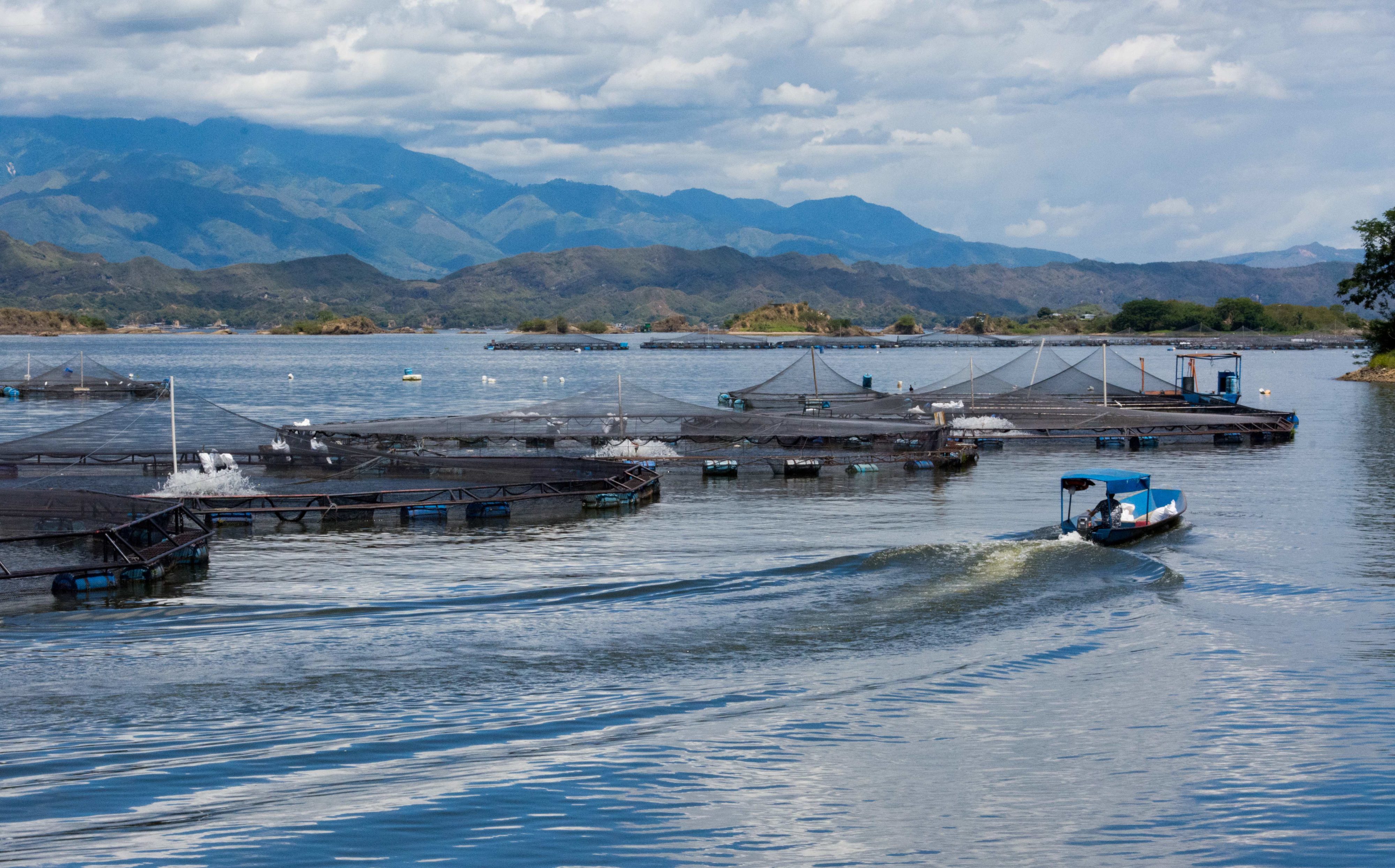
By Moises Huerta, Communications, Marketing and SEC Lead - Americas, USSEC
True to its commitment to collaboration, sustainability, and capacity building assistance to U.S. Soy-consuming industry partners around the world, USSEC, with support from the soy checkoff, recently hosted over 30 representatives from Latin American aquaculture companies and stakeholders in Neiva, Colombia. Over the course of three days, participants furthered their knowledge and exchanged experiences on IPRS technology and U.S. Soy in aquaculture diets.
In May 2022, USSEC CEO Jim Sutter told attendees at the World Aquaculture Society Meeting in Mexico that U.S. Soy was well positioned to deliver solutions to the growing Americas’ aquaculture and aquafeed industry through soy-optimized aquaculture feed and championing technology adoption for In-Pond Raceway System (IPRS). Building on Sutter’s pledge, a month later, USSEC’s Americas team hosted the “Trade & Technical IPRS Mission to Colombia.” Over 30 representatives from fish-farming companies and stakeholders from Mexico, Colombia, Costa Rica, and Honduras convened in Neiva, Colombia, to visit local aquaculture farming and processing facilities, to further their knowledge on the IPRS technology, and to exchange experiences on aquaculture farming practices. This activity and the ones to come are expected to contribute to the expansion of sustainable and efficient farming practices and the use of U.S. Soy in Latin America.
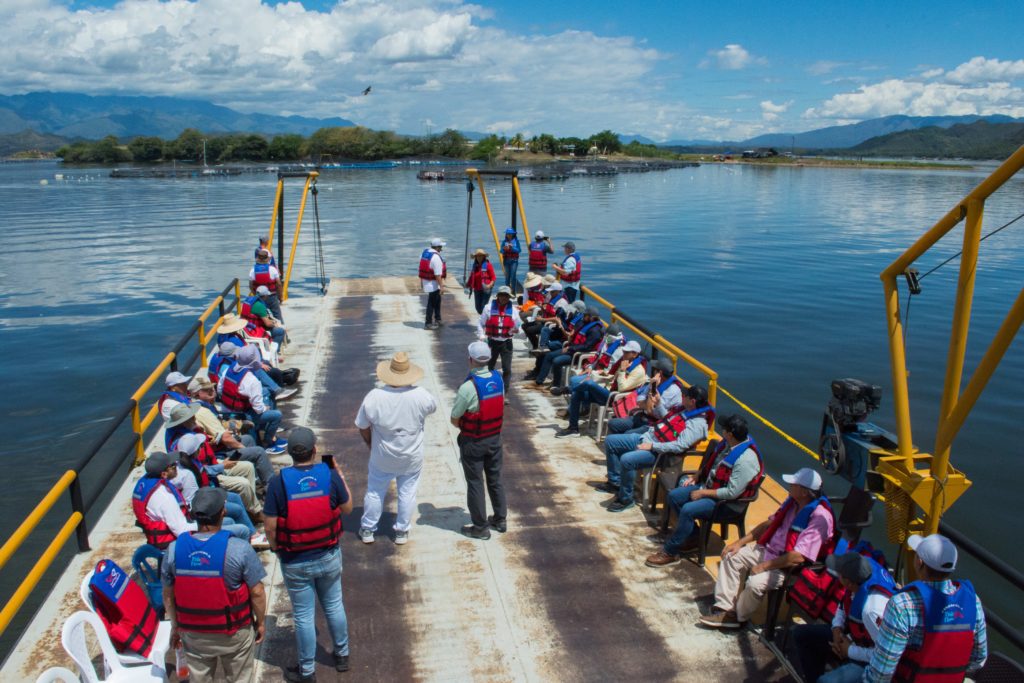
Since 2017, USSEC has successfully promoted the adoption of IPRS technology among Latin American aquaculture producers. In Colombia, where the group of 30 regional attendees convened, IPRS technology has generated increasing interest and tangible results. “Today, Colombia has approximately 400 raceways and will likely have 200 more next year.” Those 400 raceways have resulted in 15,000 MT of additional fish production, and in turn, approximately 8,400 MT of additional imports of U.S. Soy,” stated Jairo Amezquita, USSEC Americas Aquaculture Regional Program Manager, as he enthusiastically welcomed the incoming delegation to Neiva, Colombia. “We are very proud of the dialogue we have fostered among the members of this delegation and excited about what the future may bring,” said this seasoned marine biologist with 40 years of aquaculture experience and 11 years representing USSEC in the Americas.
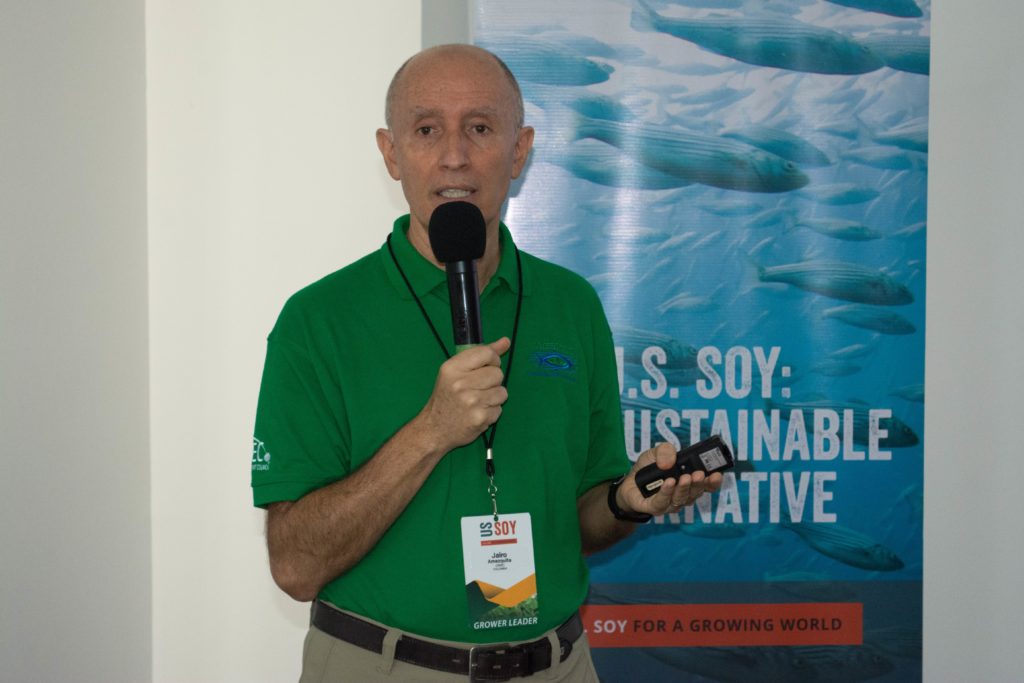
Certainly, collaboration and open dialogue were present in the minds of the participants of the “Trade and Technical IPRS Mission to Colombia,” as they visited multiple tilapia farms and processing facilities in areas surrounding Neiva and spoke to IPRS experts Dr. Jesse Chappell and Dr. Esau Arana. Among the participants was Ramon Canseco, Director of Operations of Mexican Tilapia Producing Company, TuPez (“Your Fish” in Spanish). “We first learned about IPRS technology in 2018 when we participated in a technical mission to Asia hosted by USSEC to educate farmers on IPRS technology. After visiting 15 farms in Vietnam and China, we worked with USSEC to design and implement 10 raceways at our company’s facilities in Mexico, which have created clear advantages in water and energy management and feed conversion ratios for our company,” said Canseco. TuPez was founded in 2009 and pioneered the use of IPRS technology in Latin America. The company, which has nationwide tilapia distribution in Mexico and whose aquafeed includes soy imported primarily from the United States, played an important role in exchanging knowledge and experience on the use of IPRS technology during the visit in Neiva. “As our sales continues to grow rapidly, we look forward to continued collaboration with USSEC and the adoption of the Sustainable U.S. Soy (SUSS) logo. Furthermore, this trip also allowed me to not only share my experience on tilapia farming and IPRS technology in Mexico, but also to witness the great collaboration among Colombian farmers to increasingly export to the United States,” noted Canseco.
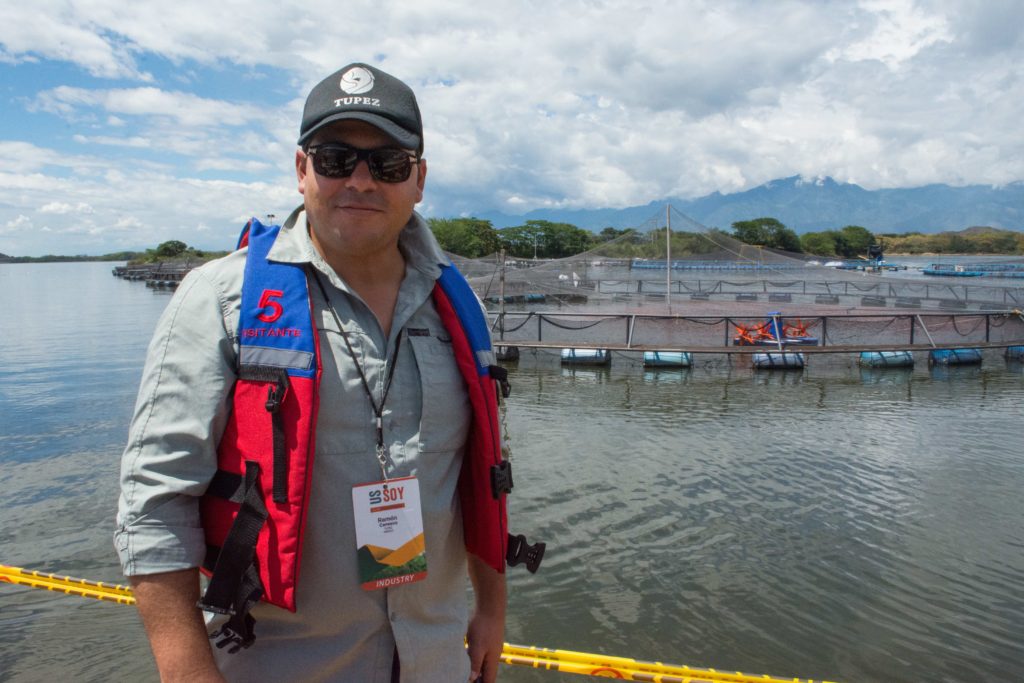
Surely, Colombian aquaculture producers, particularly tilapia farmers from the Neiva region, have made great strides in exporting. Located in the valley of the Magdalena River, Colombia’s largest and iconic river, and blessed with suitable water and temperature for aquaculture, the Neiva region has become the epicenter of export-oriented tilapia farming in the country. As a result, Colombia is now part of a group of Latin American countries that have seen significant growth in aquaculture production. According to data from the World Bank, the region reached a total of 3.2 million MT in total aquaculture production in 2018, over four times the production 20 years earlier.
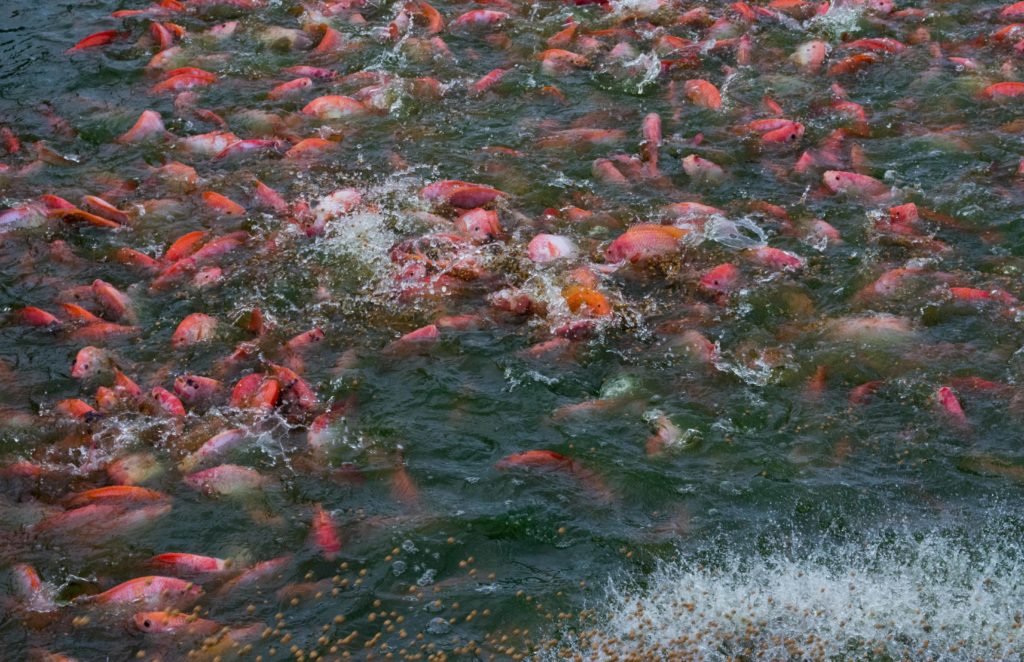
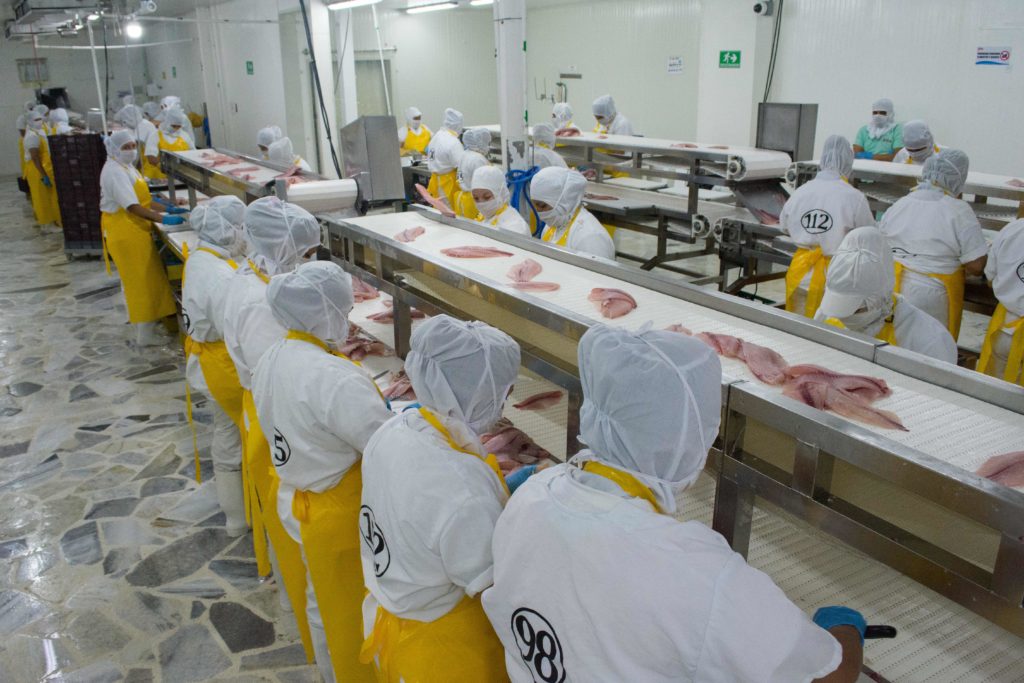
“Our tilapia exports to the United States have grown rapidly to reach $100 million in 2021 and we are set to quadruple that value over the next five years,” said Cesar Pinzon, Executive Director of the Colombian Federation of Aquaculture Producers (FEDEACUA). USSEC has worked closely with FEDEACUA and its members in the adoption of IPRS technology and the water conservation and sustainability solutions it provides to pond aquaculture in Colombia. Pinzon added “We are grateful with USSEC for promoting sustainable farming technologies such IPRS, which is here to stay. We are working to position Colombia as the leader in the use of IPRS in the region, as it is a technology that contributes to the preservation of hydric resources and helps producers increase their productivity, to ultimately become truly sustainable.” Notably, according to Pinzon, Covid-19 furthered growth for Colombian tilapia exports to the U.S. market to reach 14,000 MT in fresh tilapia, making Colombia the largest supplier of fresh tilapia to the U.S.
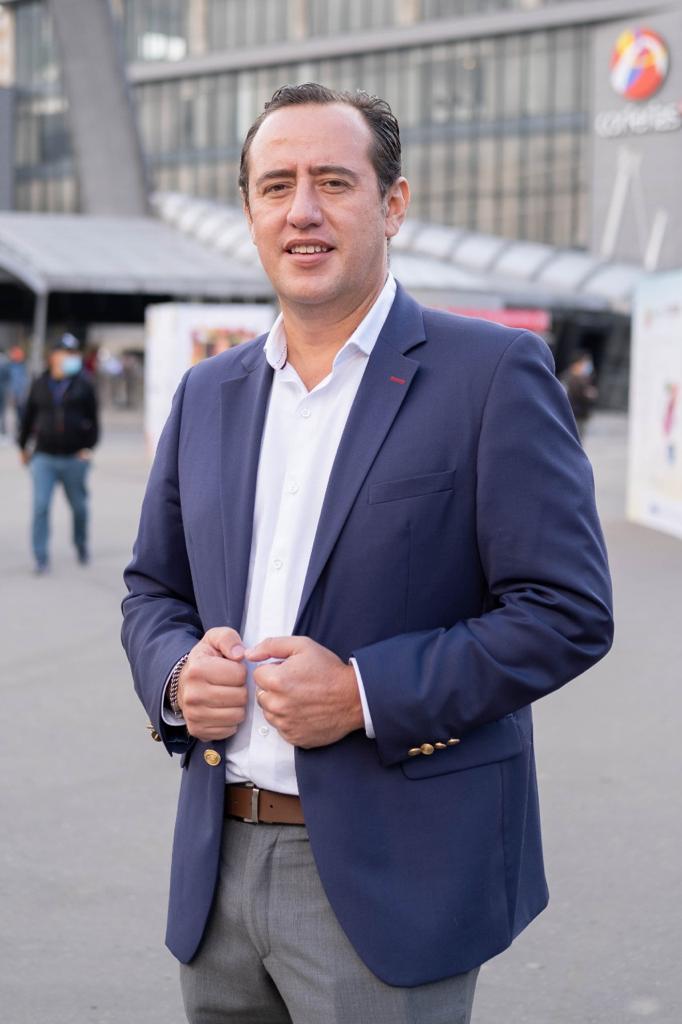
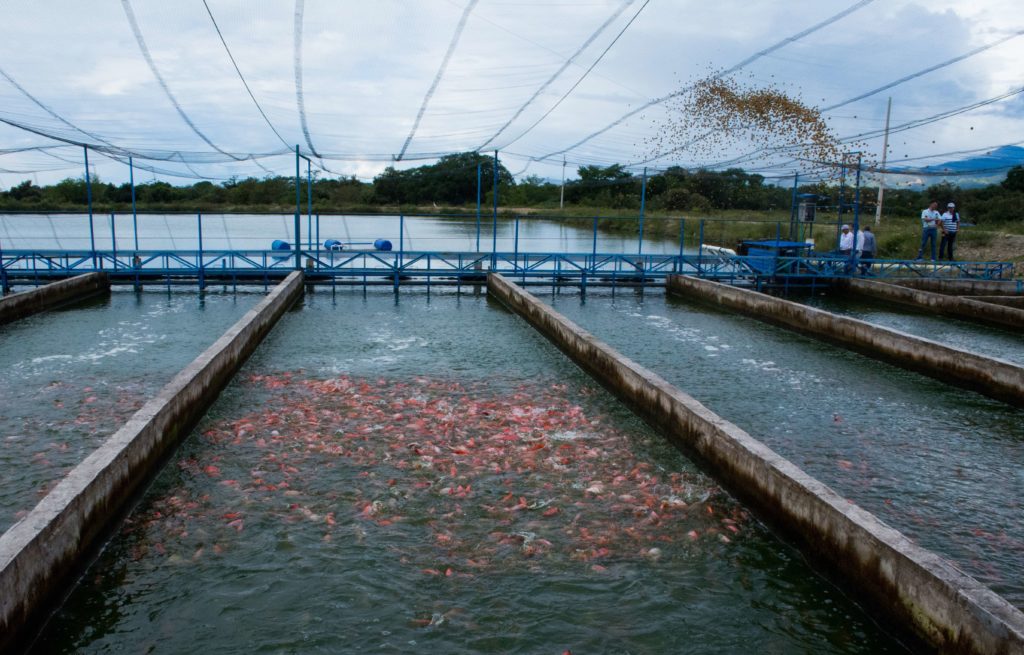
As the “Trade & Technical IPRS Mission to Colombia” wrapped up, USSEC Americas’ Jairo Amezquita was already thinking of the steps ahead in promoting IPRS technology and U.S. Soy for aquaculture diets in Latin America. He will lead new groups of regional farmers to USSEC events in Ecuador, Panama, and Mexico in August alone.
This article is partially funded by U.S. Soy farmers, their checkoff and the soy value chain.